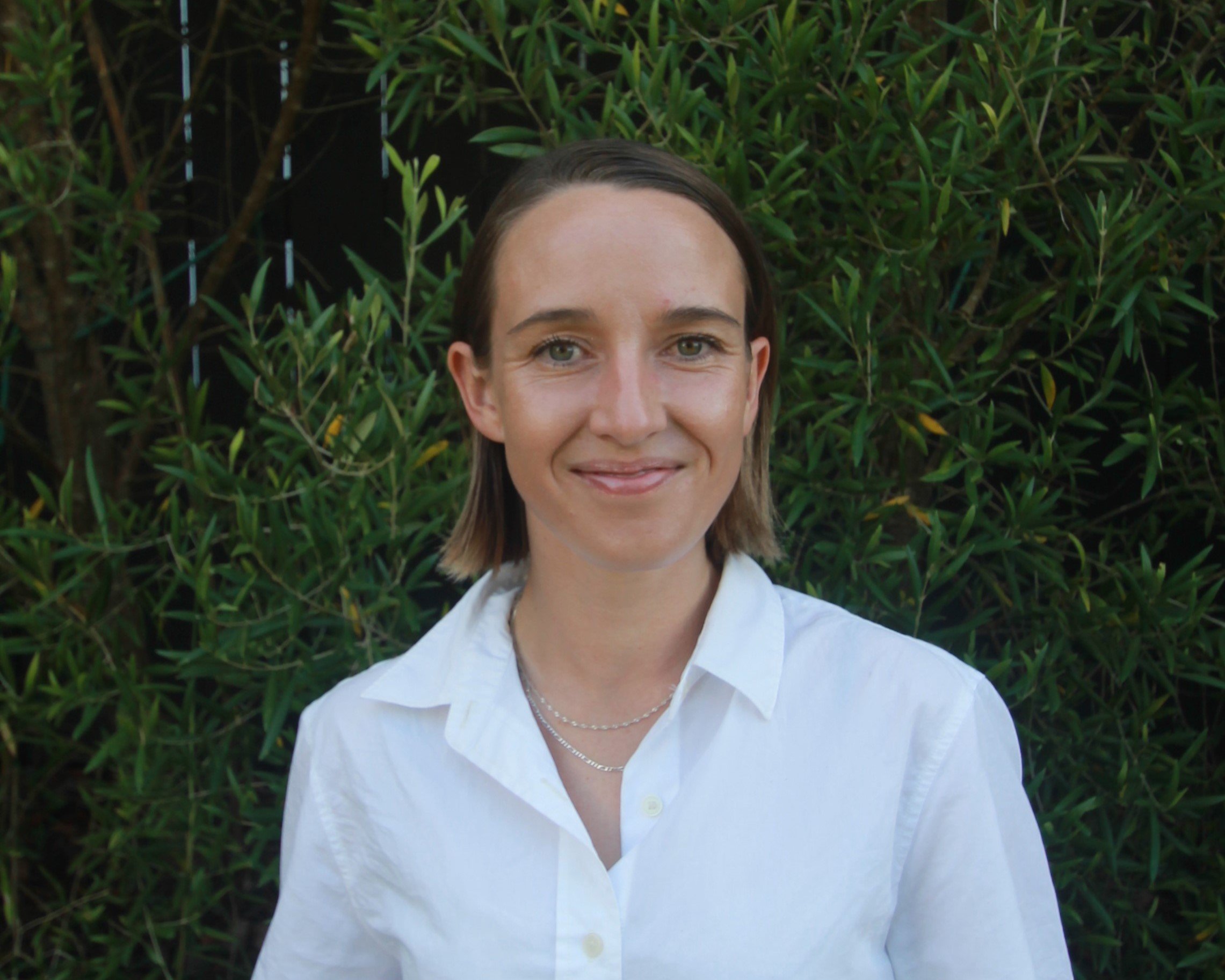Spotlighting Aotearoa's leading sustainability professionals who are transforming the way we design, build and operate our buildings and homes.
These are the people leading the mission for a more sustainable built-environment across Aotearoa.
Bridget Pyć
Bridget is centre stage in the push for green buildings which nurture people and the planet. She is Property Sustainability Manager at Samson Corporation in Tāmaki Makaurau Auckland.
From theatre to physics - how do your diverse skills inform your work?
From a self-centred perspective studying broadly was the best approach to keep my brain engaged. But I now recognise its advantages from a business standpoint. I believe stories and the arts have the power to change the world by fostering empathy and motivation for action. I try to integrate principles from my theatre studies into my work to connect deeply and engage others to act. My study in physics, maths and business sustainability has helped me ground this approach in science and the fascinating way the world works.
What motivates you to work in the green building space?
In my first job out of university as a sales engineer for a building controls company I found it so engaging working with large clients such as hospitals, museums and universities to save energy in the built environment. It felt like such a win to dig into data to see where efficiencies could be made. I wanted to expand this scope so I studied business sustainability. I love the complexity and challenge the wider green building space offers. From understanding nuances in solving problems like waste and carbon emissions (both embodied and operational) to addressing broader behavioural changes. At the end of the day it’s the significant benefits that green buildings bring to people - now and in the future - that drives my passion.
How is Aotearoa doing on the green building front?
I feel super excited when I see or hear about some of the projects or commitments happening in Aotearoa. The work being done by the industry to reduce embodied carbon, to design within te ao Māori and to embed circular design principles are all incredible. But on other days it feels like the good work is fragmented. That while there is progress in a small area being spotlighted, there can be slow dragging of the feet outside this. I’m looking forward to seeing us all broaden our visions and scope!
What practices should building owners/managers use to deliver better performance outcomes?
Engaging both tenants and contractors in the journey. I’m excited to certify with Green Star Performance this year and I love that part of the framework encourages ongoing conversations with contractors for the likes of cleaning, building maintenance, repairs etc. Collaborating in this way really magnifies the impact. I also believe a big part of Samson’s positive impact is through our work with tenants - bringing them onboard through green leases and our Building User Guides. Right from the start they understand how to maximise efficiency based on the building design and management. It also sparks a meaningful conversation on how to best facilitate sustainable business within our spaces.
Best tips for reducing costs and carbon emissions in a commercial building?
The obvious answer is through LED retrofits and/or solar panels to lower operational emissions. But refrigerants in HVAC systems are hidden and when they leak they cause huge carbon emissions.
- Review refrigerants across your portfolio and upgrade to a lower GWP where possible.
- Service aircon units regularly to avoid the leaks.
- Ensure HVAC contractors are schooled up on the work of Cool-Safe.
- And my personal favourite - consider alternates to HVAC systems: naturally ventilated buildings; seasonal clothing; opening windows on opposite sides of buildings.
New buildings versus retrofitting older buildings – what’s your take?
I love retrofitted older buildings. There are huge and really important benefits in terms of lowering embodied carbon but there’s also something more inexplicable about the feel of a retrofitted building - where you can sense the character and history inside it.
Is occupancy health, well-being and productivity a key theme in the commercial building conversation?
Absolutely. I’m so glad it’s getting talked about more these days. The research has been there for a while now. A typical New Zealand business spends most of its outgoings on staff wages so if it can improve the health and wellbeing of its staff - which will positively impact employee productivity – it can shift the dial on its largest area of expenditure. Plus it feels great inside a healthy building!
How can green messaging be effective when there’s so much happening in the world?
I battled with this when I first started in sustainability and I’m still not sure I have the answer but above all it needs to centre people. Climate challenges are complex and interconnected with broader societal challenges but this also means that solutions based in systemic change can address a myriad of problems societies are currently facing.
Your favourite green building?
I love the 5 Green Star Ironbank building on Karangahape Road. It’s naturally ventilated and tenants are encouraged to utilise the smart control systems on the windows to strategically heat or cool the office as the seasons change.
.jpg?width=1200&length=1200&name=ironbank_greenstar_building_image%20(4).jpg)
.jpg?width=1200&length=1200&name=ironbank_greenstar_building_image%20(11).jpg)
.jpg?width=1200&length=1200&name=ironbank_greenstar_building_image%20(1).jpg)
.jpg?width=1200&length=1200&name=ironbank_greenstar_building_image%20(18).jpg)
.jpg?width=1200&length=1200&name=ironbank_greenstar_building_image%20(16).jpg)
